Evinrude’s Environmental Awareness

Since 1976, Lake Constance, which sits on the boarder between Germany, Switzerland, and Austria, did not allow two-stroke engines on the lake. Then in 2006, lake officials cleared the Evinrude E-Tec engine for use on Lake Constance. The Evinrude E-Tec is the first and only two-stroke engine to pass the multitude of standards for environmental safety on the lake. Evinrude’s Vice President of public affairs said the recognition of the Evinrude E-Tec was an outstanding achievement.
Evinrude has dedicated itself to creating the latest in two-stroke outboard technology with their high quality E-Tec engines and Evinrude outboard oil. The Evinrude E-Tec engine was also recognized in 2005 by the U.S. Environmental Protection Agency for its design. The E-Tec was presented with the Clean Air Technology Excellence award, and was the first ever outboard engine to receive the award.


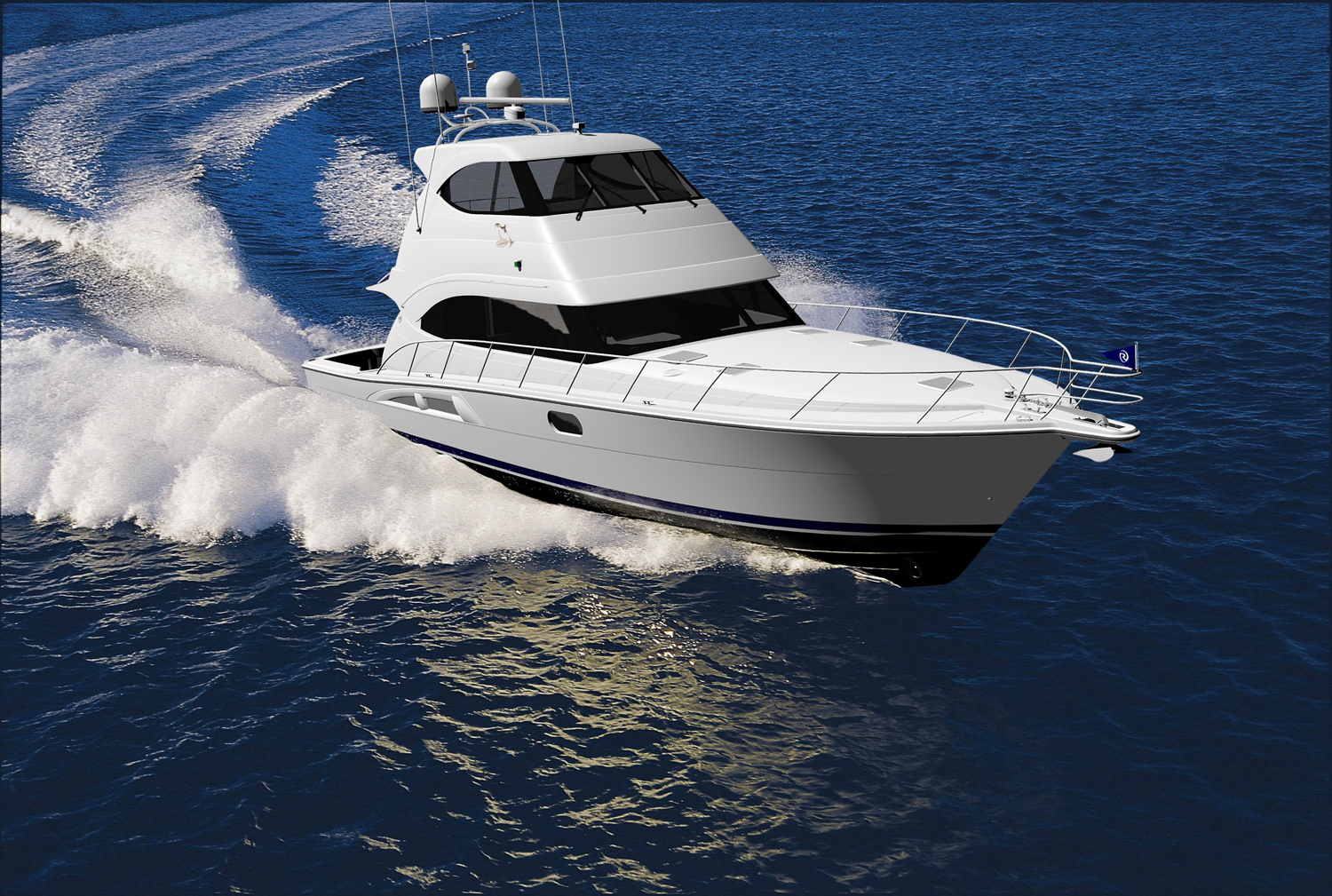


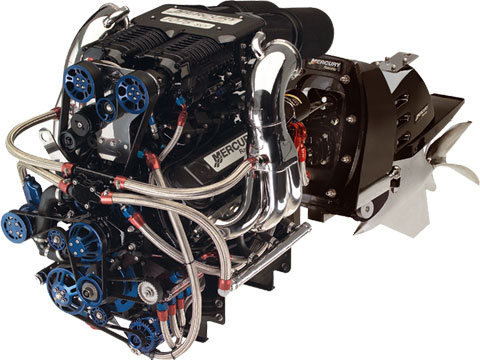
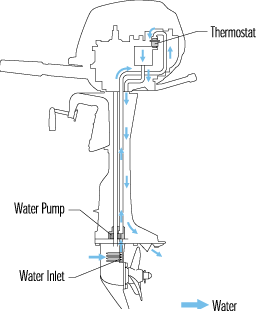
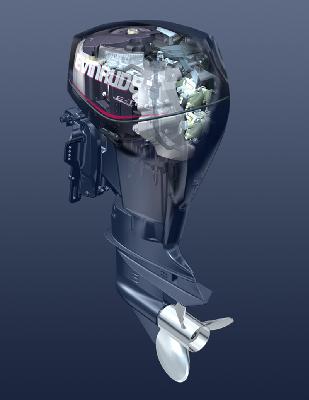



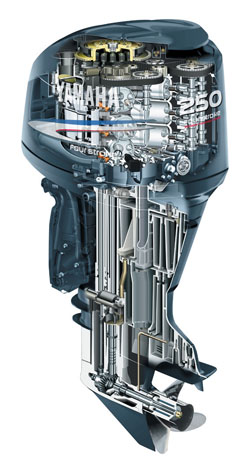 If you winterized your boat before the winter, there are a few steps you need to take before you set out on the open water in the summer. The first step is to ensure your engine us running well, this involves changing the
If you winterized your boat before the winter, there are a few steps you need to take before you set out on the open water in the summer. The first step is to ensure your engine us running well, this involves changing the